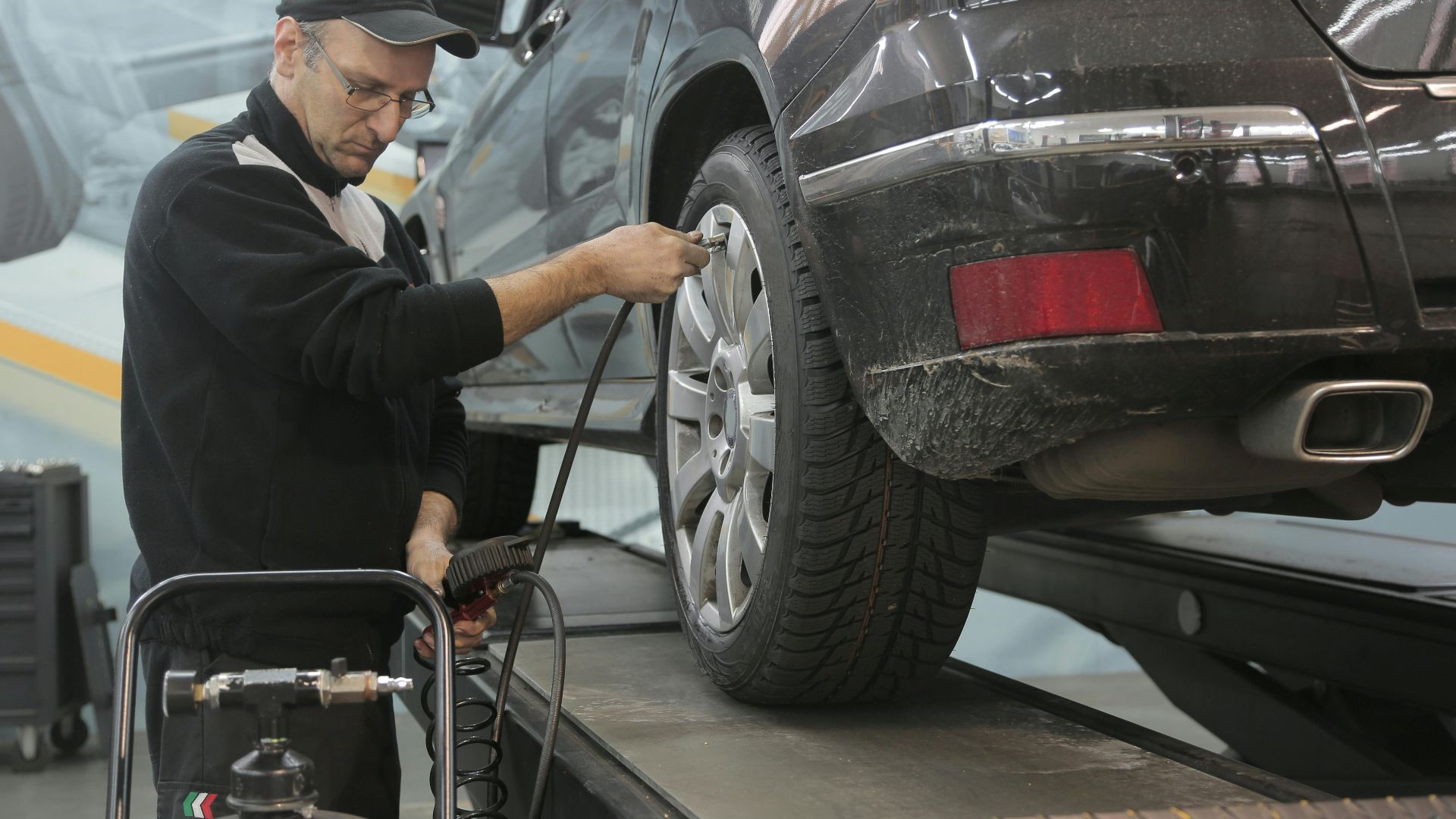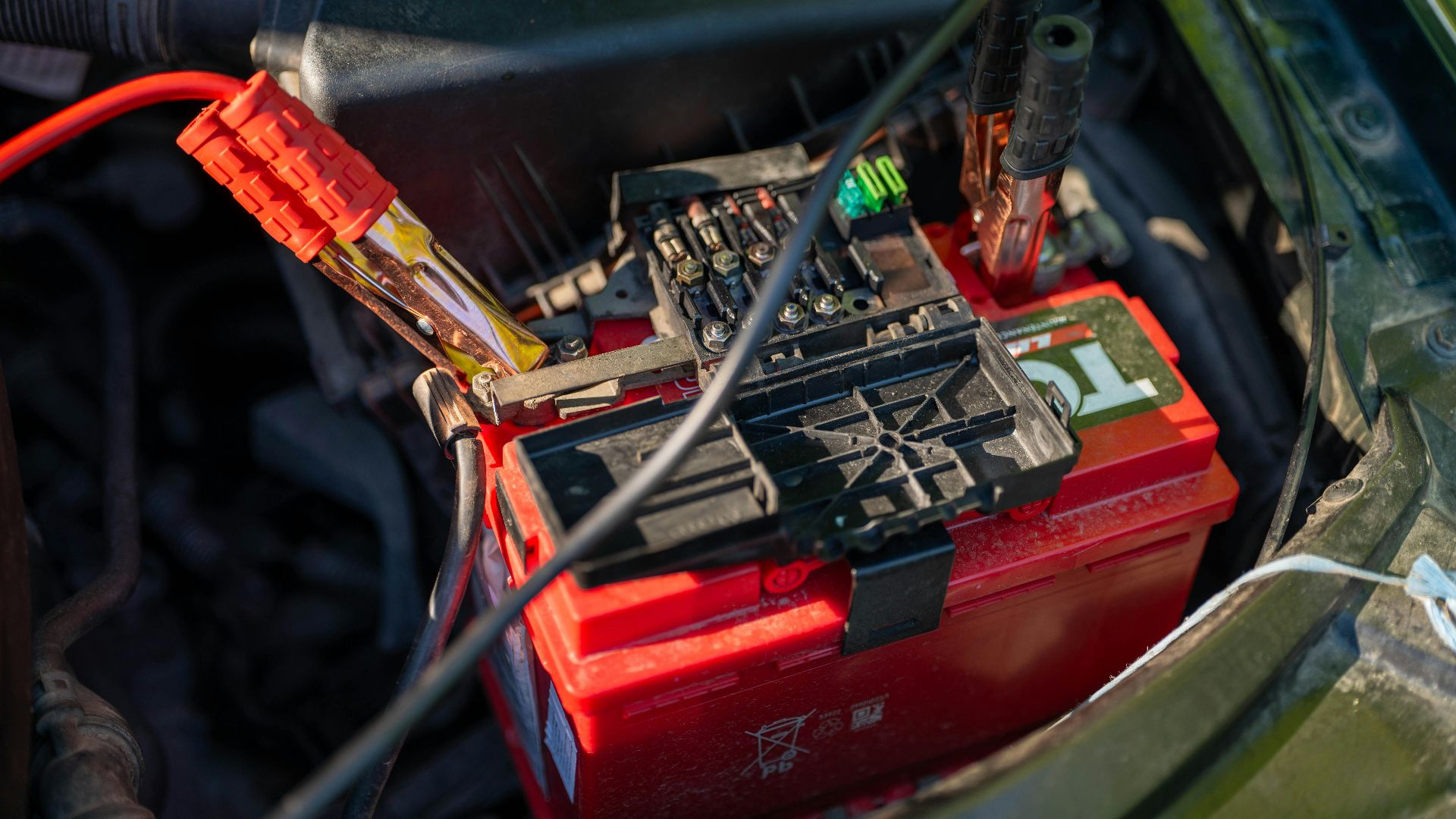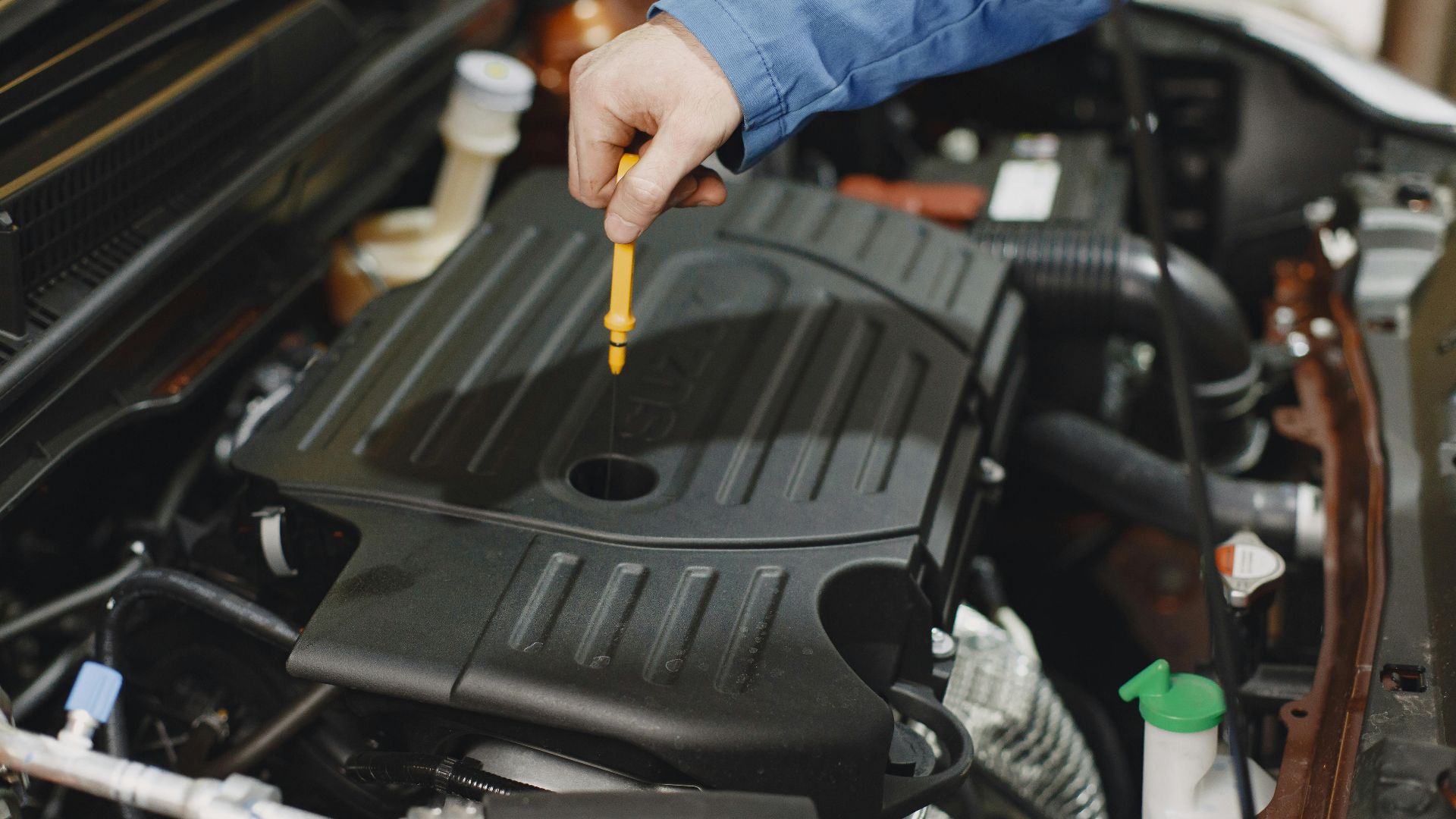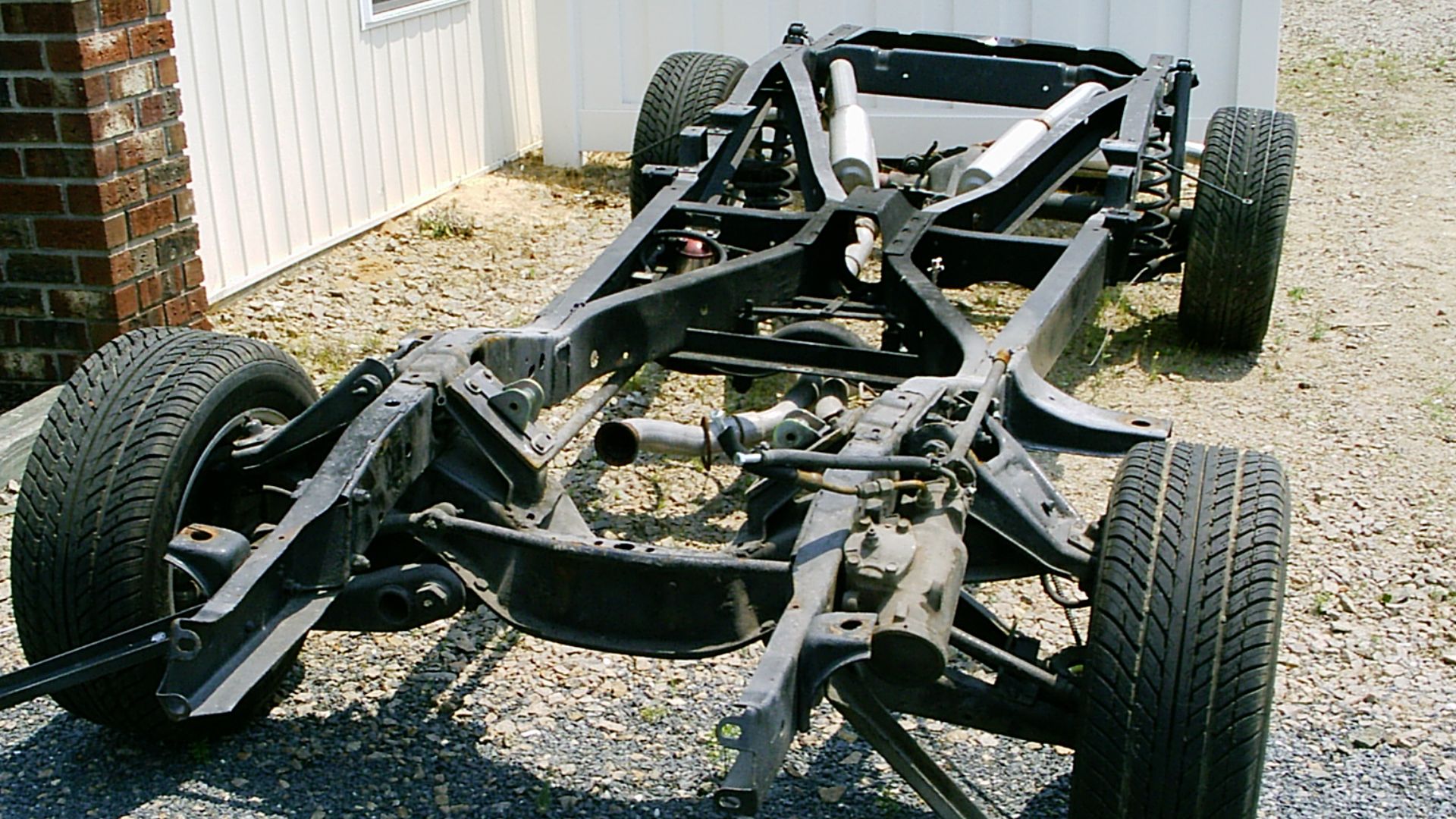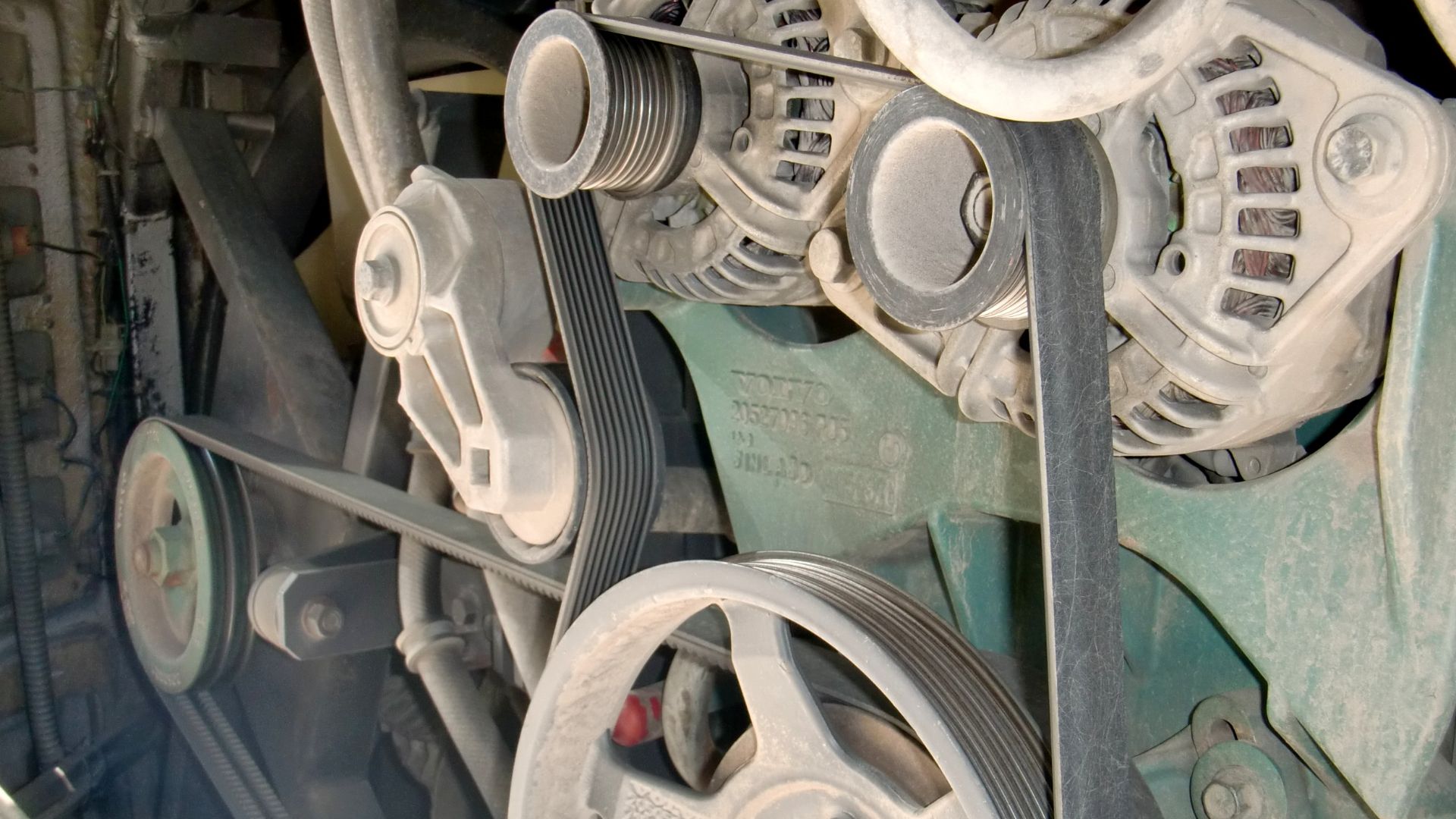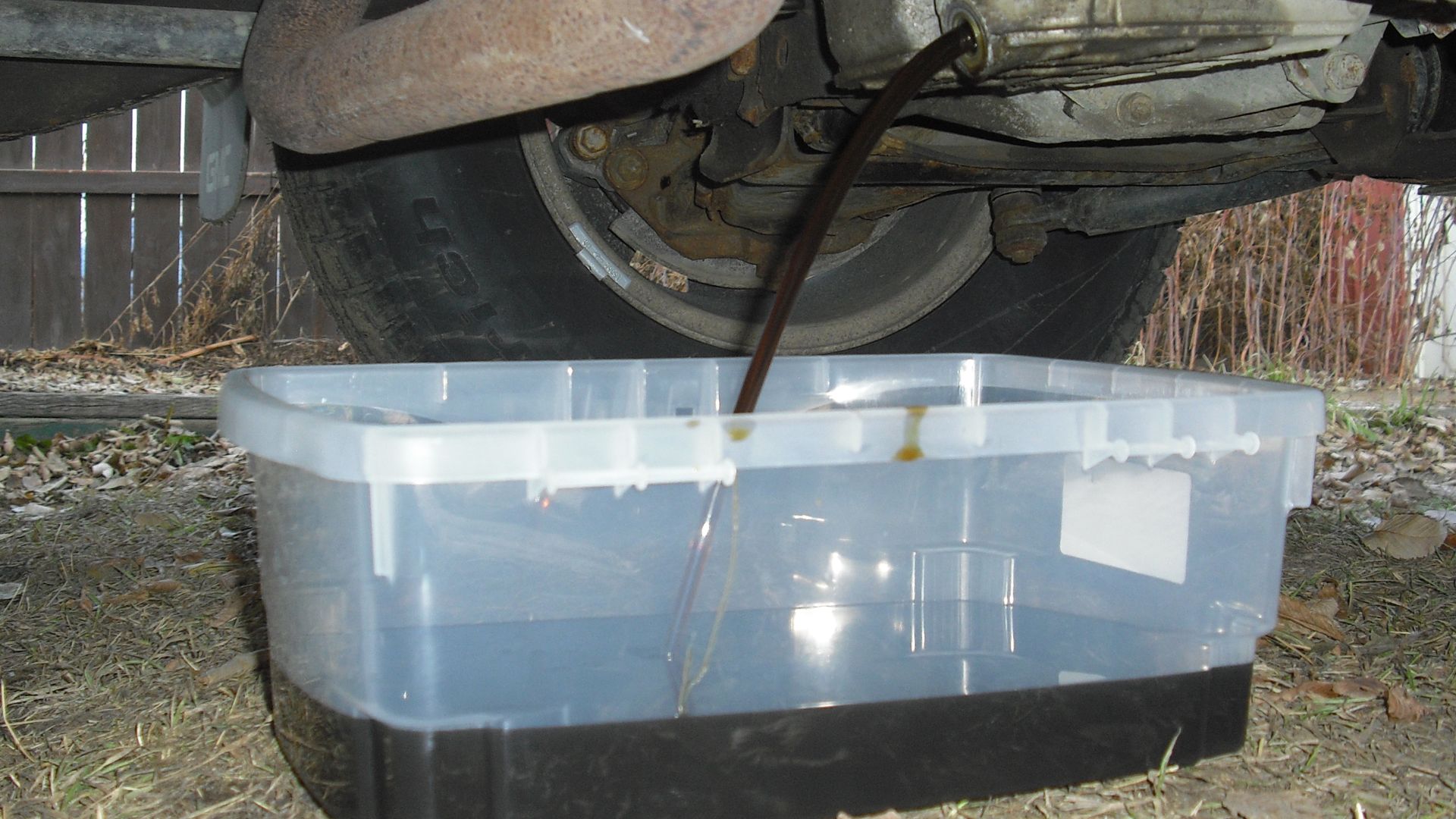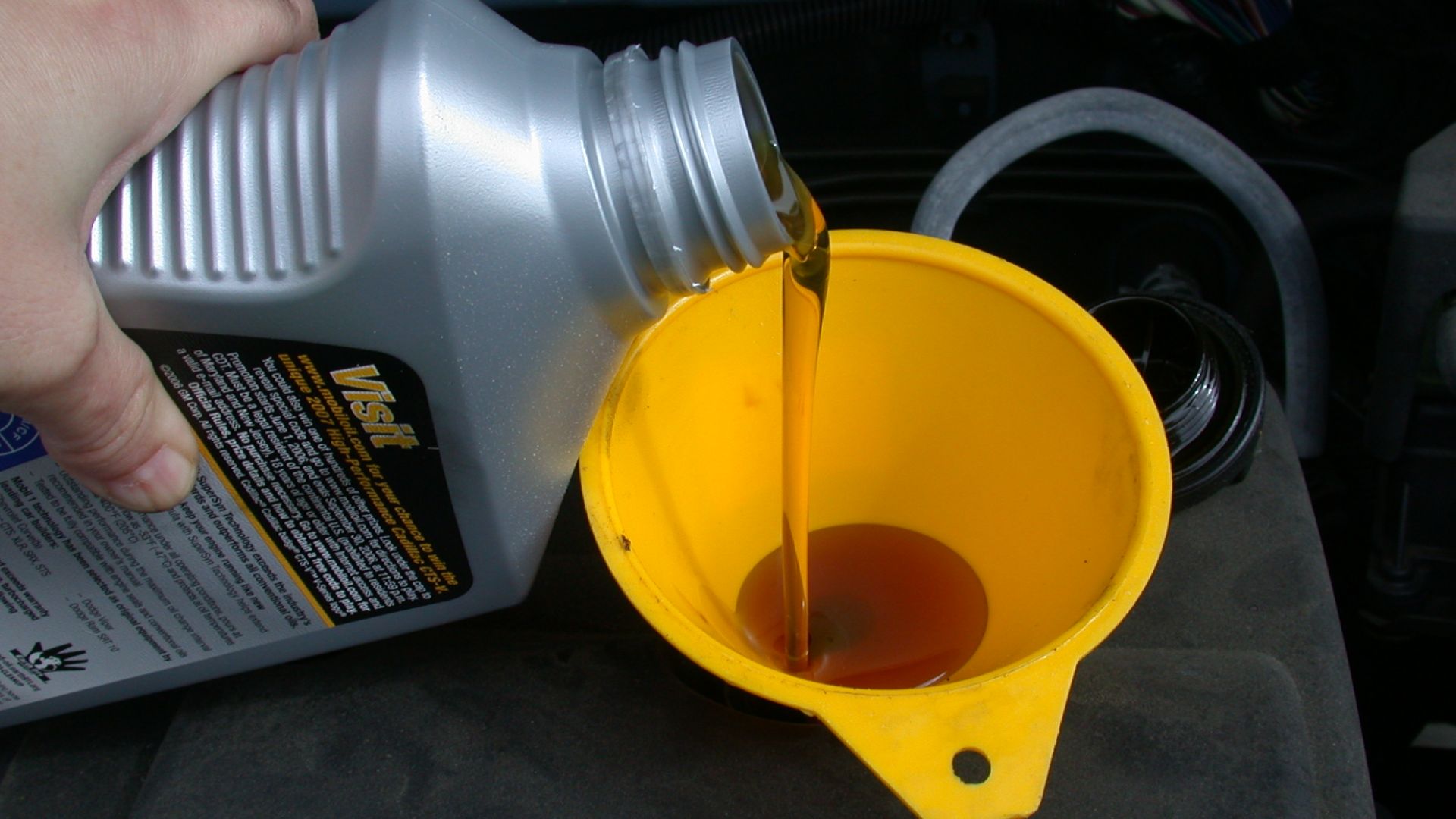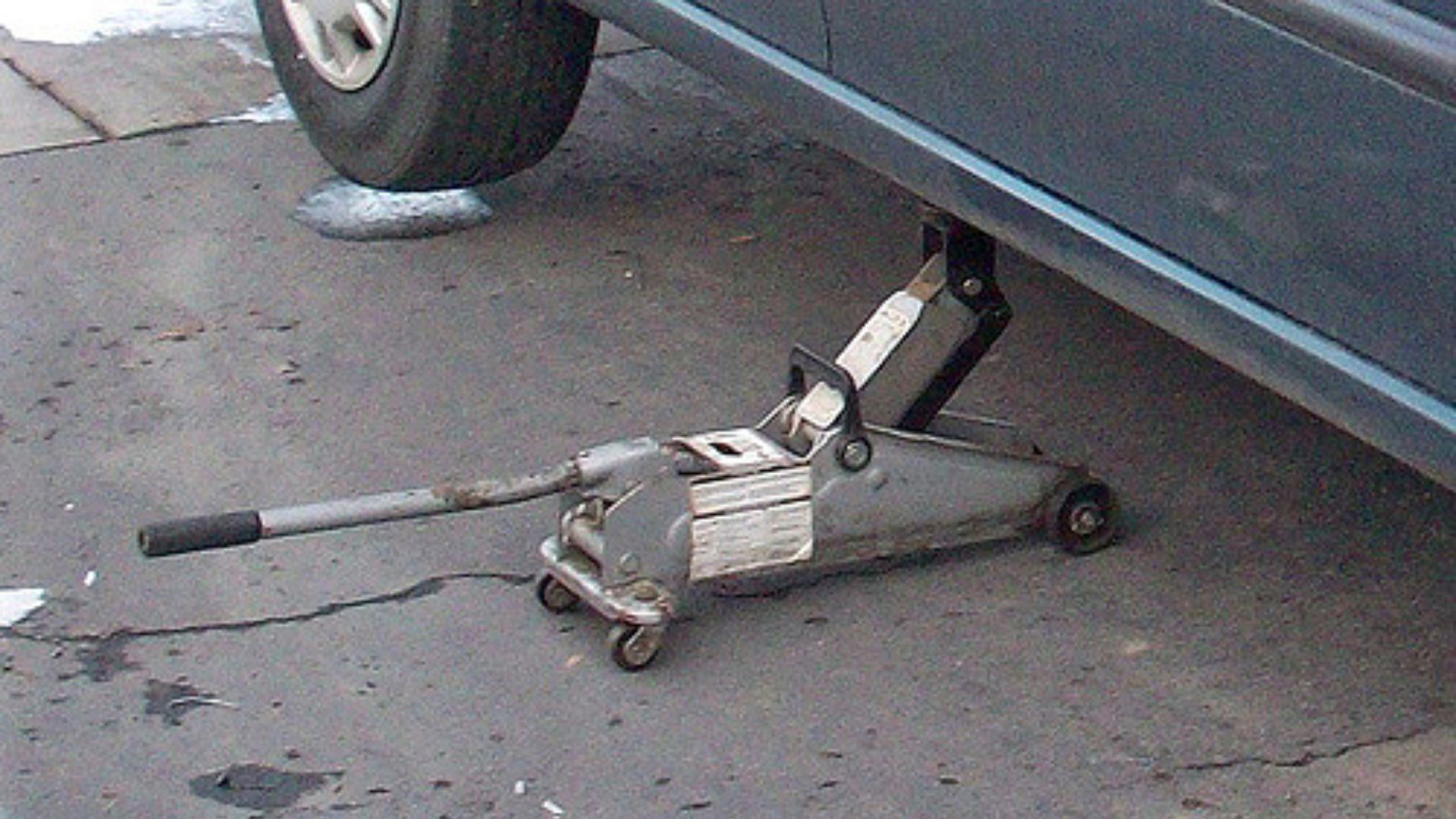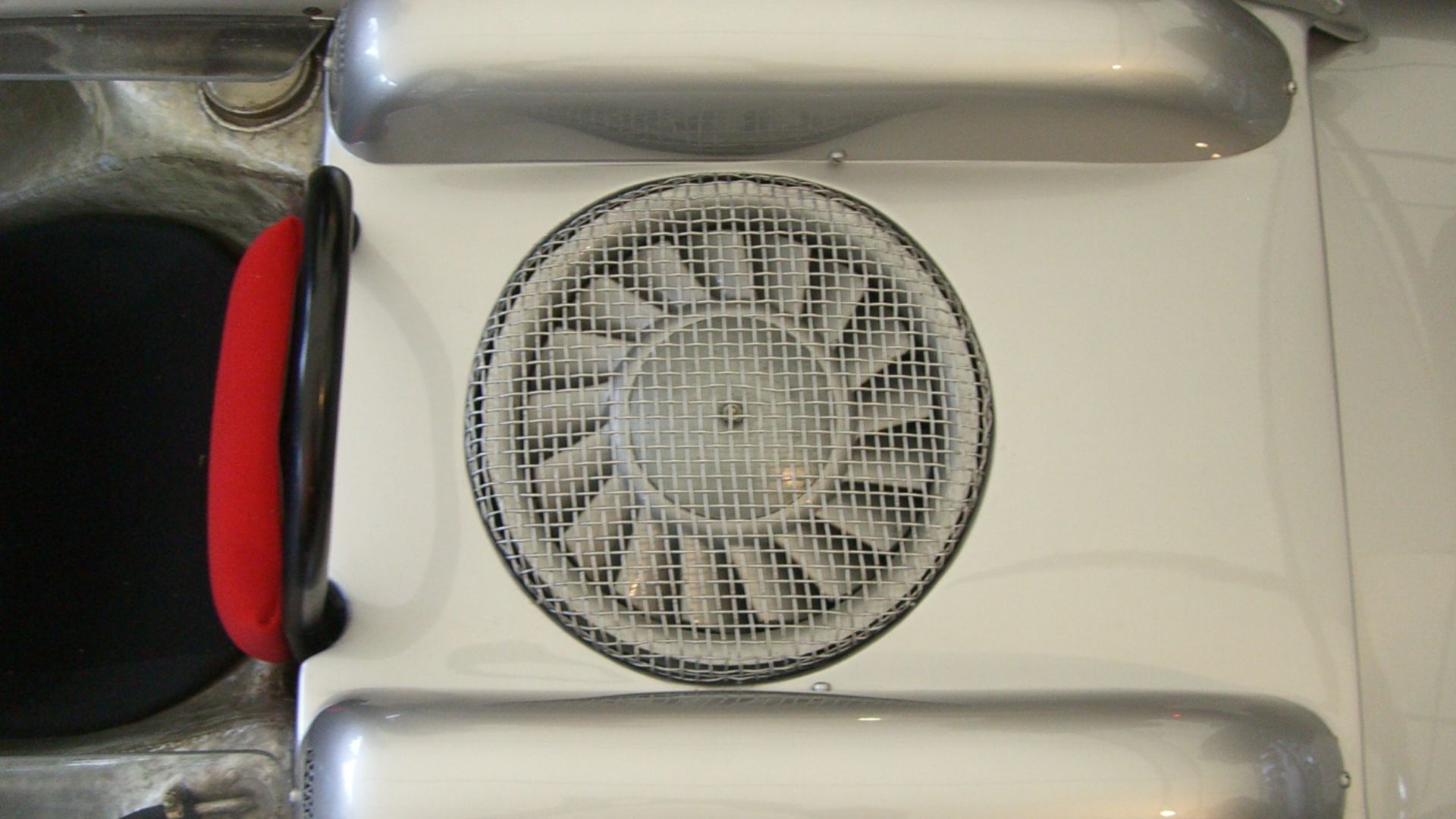Keep It Moving
It’s strange how stillness can do more harm than miles. When a car sits too long, small issues start multiplying—rust, leaks, and even rodent visits. But keeping your ride in shape doesn’t require a mechanic’s toolbox. A quick start here, a little charge there, and your car stays road-ready without complaint or costly surprises later. Let’s start by looking at 10 things that can go wrong.
1. Battery Dies Down
After just two to three weeks of vehicle inactivity, your car battery begins a concerning deterioration process. Without regular driving, the alternator cannot perform its essential recharging function, leaving the battery to lose power until it dies completely.
2. Tires Develop Flat Spots
Extended periods of inactivity can cause tires to develop problematic flat spots, particularly during cold weather when rubber becomes less pliable and succumbs to the vehicle's weight. These deformations not only reduce tire longevity but also compromise driving safety.
3. Brake Rotors Rust
Those concerning brake squeals and diminished stopping power might signal a common automotive ailment: surface rust on your rotors. Extended periods of vehicle inactivity allow moisture to accumulate on these critical components, particularly in humid environments, leading to rust formation.
4. Fluids Degrade
Fresh engine fluids start optimally protective on day one. By week two of sitting idle, oil molecules begin breaking down. After a month without circulation, coolant and brake fluid effectiveness wanes. Three months in, and these stagnant fluids have degraded significantly.
5. Seals Dry Out
Regular driving acts as a natural spa treatment for your car's rubber seals, keeping them supple and lubricated through normal operation. However, if you let your ride become a driveway decoration for too long, those same seals will turn into automotive raisins.
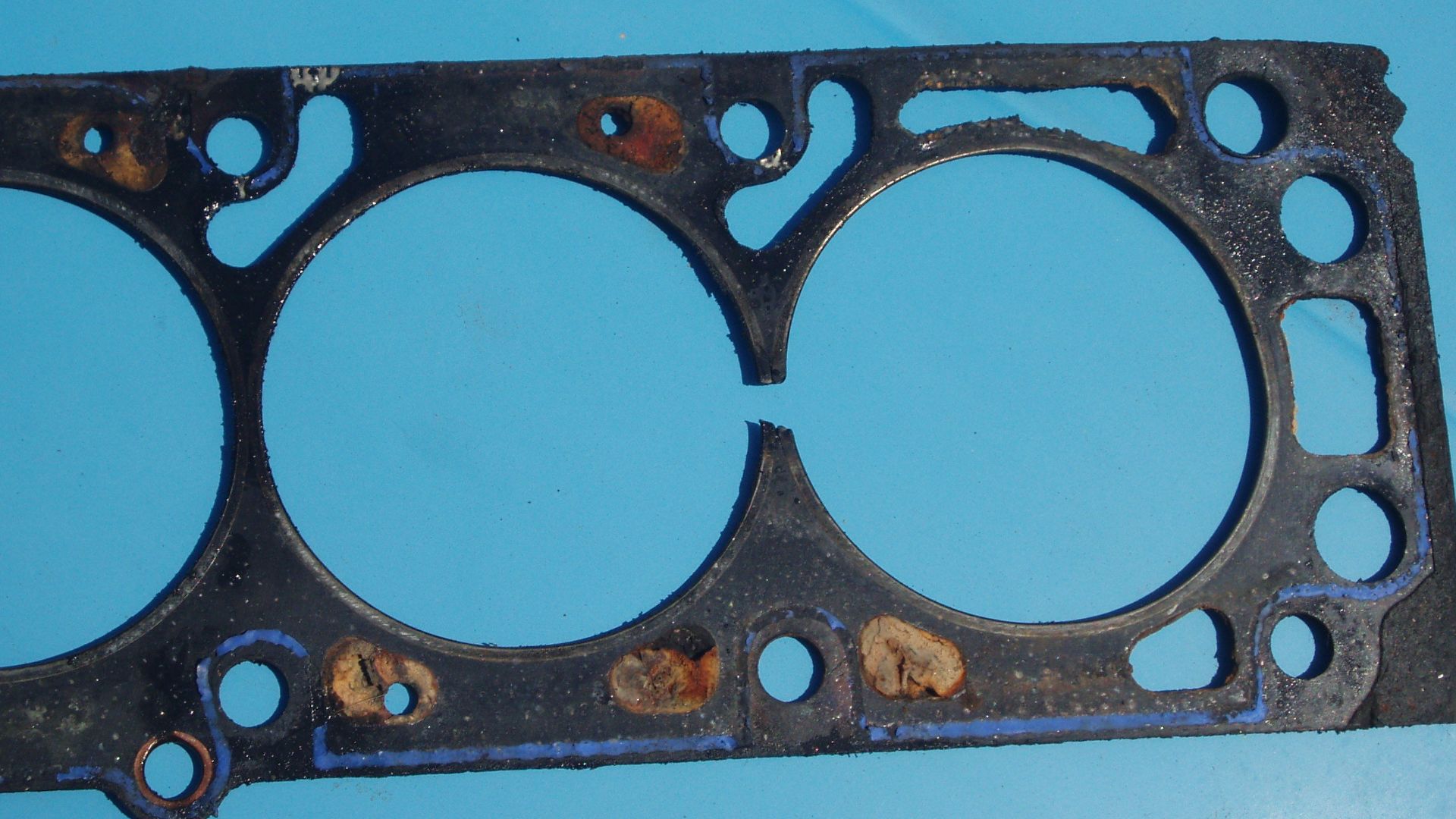 Lewis Collard (Collard) on Wikimedia
Lewis Collard (Collard) on Wikimedia
6. Fuel Goes Stale
Initially, fresh gasoline maintains its molecular stability, but over months of sitting unused in the tank, a complex degradation process begins. Eventually, this stale fuel, particularly in ethanol-blended varieties, can trigger engine misfires and compromise performance.
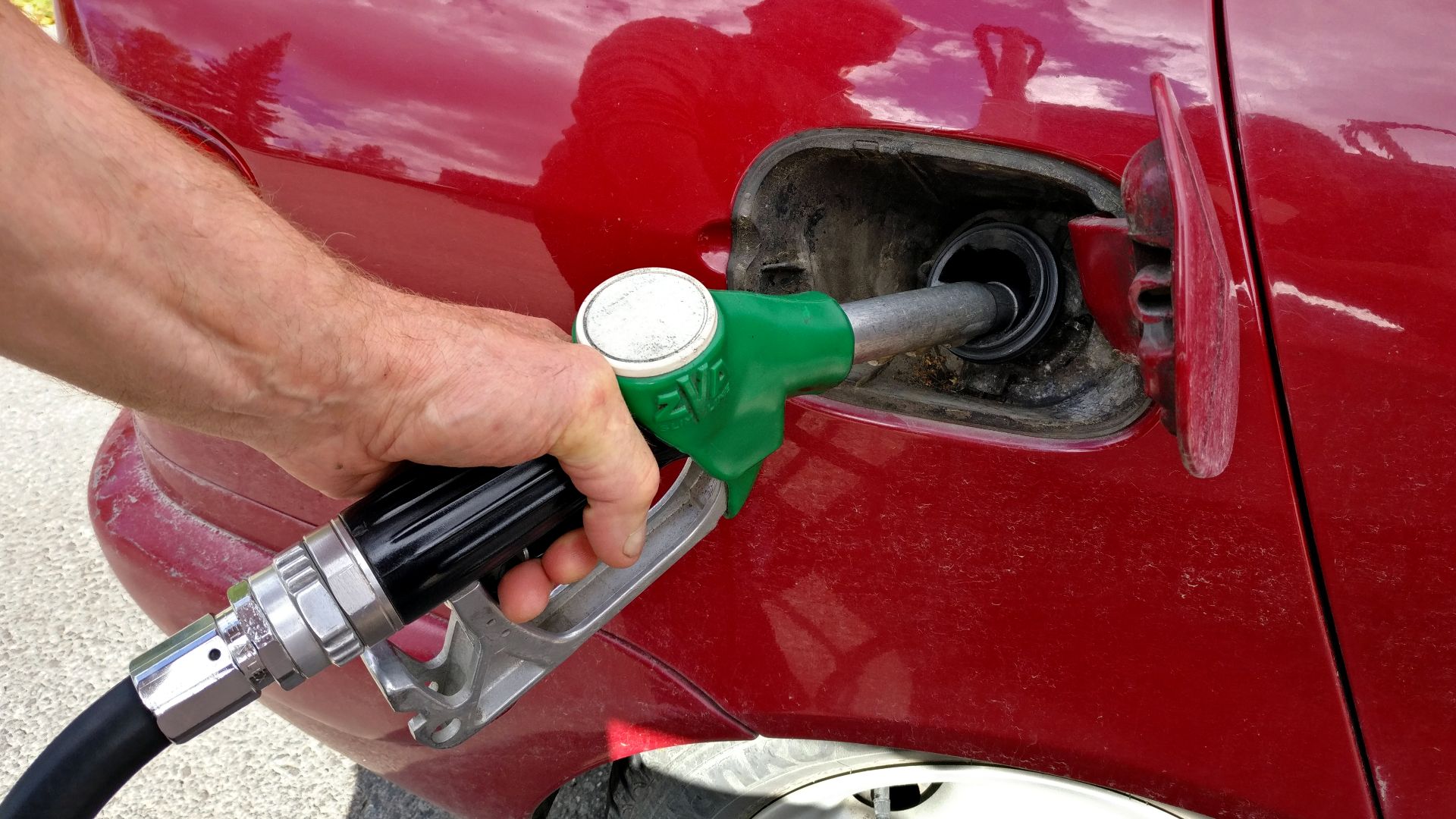 Santeri Viinamäki on Wikimedia
Santeri Viinamäki on Wikimedia
7. Rodents Nest
Rodent nesting behavior follows a predictable pattern in dormant vehicles. The species identifies sheltered engine compartments as optimal habitat zones, then systematically colonizes these spaces during extended parking periods. Their biological drive to gnaw leads to systematic destruction of electrical wiring.
8. Suspension Components Sag
A vehicle's suspension system comprises multiple components that respond differently to prolonged inactivity. While shock absorbers may develop minor leaks, springs and bushings gradually lose their essential elasticity, particularly in older models. This deterioration process generally requires years of disuse.
9. Belts Crack
The economics of engine maintenance present a clear choice: invest minimal time in regular vehicle operation or face costly belt replacement services. When cars sit idle, their rubber belts inevitably dry out and crack, impacting flexibility and risking engine malfunction.
10. Engine Oil Separates
Whenever engine oil sits stagnant, it undergoes a whole deterioration process—not separation, as is commonly misunderstood. The oil loses its protective properties over time, accumulates contaminants, and can form performance-reducing sludge that affects lubrication in the long run.
A lot could go wrong, right? Don’t worry, these easy steps will keep your car happy while it waits.
1. Use a Trickle Charger
A trickle charger slowly feeds your car’s battery with a steady, low current, preventing it from draining over time. You just need to connect it to the battery terminals, and it’ll maintain a charge without overloading or damaging the battery.
 What is a Trickle Charger? by etrailer
What is a Trickle Charger? by etrailer
2. Inflate To Max Sidewall Psi
Before storing your car, pump the tires to the maximum PSI shown on the sidewall. This extra pressure helps prevent flat spots, slow leaks, and rubber cracking while it sits. When you’re ready to drive again, just lower the pressure to the standard level.
3. Change Fluids Before Storage
Skip that $3,000 engine rebuild or brake system overhaul by investing in fresh fluids before storage—it's like buying insurance for pennies on the dollar. Swapping out contaminated engine oil, moisture-hungry brake fluid, and aging coolant creates a protective fortress against corrosion.
4. Run Engine 15 Mins Biweekly
Another solution is to run your car's engine for 15 minutes every two weeks until it reaches full operating temperature. This simple maintenance routine keeps seals properly lubricated while helping circulate oil throughout the engine during extended waiting periods.
5. Add Fuel Stabilizer
As we know, gasoline starts to break down after a month of sitting, which can lead to clogs and poor performance later. Pour in a fuel stabilizer before storage, then run the engine for a few minutes to circulate it. It keeps the fuel fresh.
 What is Fuel Stabilizer? STA-BIL Products Unboxed by PASMAG
What is Fuel Stabilizer? STA-BIL Products Unboxed by PASMAG
6. Place Mothballs In The Engine Bay
Scientists have discovered that peppermint oil's potent natural compounds effectively disrupt rodents' sensitive olfactory systems, making it a powerful deterrent. This biological defense is combined with strategically placed steel wool barriers and dryer sheets throughout the engine bay.
 How to keep Rodents away by Wheelers Hoarder Garage
How to keep Rodents away by Wheelers Hoarder Garage
7. Use Jack Stands Under The Frame
The modest investment in quality jack stands or wooden blocks delivers significant protection against costly suspension and tire damage. By completely relieving pressure on these critical components, proper elevation prevents expensive deformation, flat spots, and premature wear.
8. Spray Belt Dressing
Here's your three-step defense against belt damage during storage. Start with thorough pre- and post-storage inspections to catch early warning signs, recognize that modern EPDM serpentine belts offer superior crack resistance, and resist the urge to apply belt dressing.
 Serpentine Belt Dressing Conditioner Spray by Projects By J
Serpentine Belt Dressing Conditioner Spray by Projects By J
9. Lift Wiper Arms Off Glass
A thirty-second investment in lifting your wiper arms could save hours of frustration and costly blade replacements. When wipers rest against glass during storage, they often stick and tear, leading to ineffective cleaning and safety issues. Raising the arms preserves their essential function.
10. Run Fan On High For 10 Minutes
Moisture trapped in your car's HVAC system creates the perfect breeding ground for mold, which releases harmful spores and unpleasant odors. The solution lies in disrupting this moisture cycle, as running the fan on high for ten minutes actively evaporates standing water.


